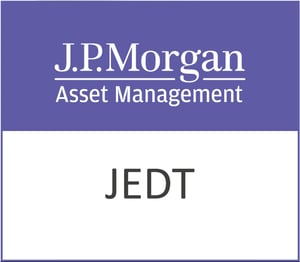Investors are watching closely as oil markets spring back to life, fuelled by fresh momentum from the easing of trade tensions between the United States and China. The decision to suspend tariffs for 90 days is sending waves through global markets, setting the stage for renewed energy demand and reigniting confidence across the commodities sector.
Oil prices surged as financial markets absorbed the breakthrough announcement from the world’s two largest economies. Brent crude futures rose by over three percent to reach nearly \$66 per barrel, while US West Texas Intermediate crude gained more than three percent, crossing the \$63 mark. This swift upward movement reflects investor optimism that the temporary suspension of tariffs will encourage trade flows, revitalise industrial production, and stimulate energy consumption on both sides of the Pacific.
The deal, struck after high-level discussions, sees tariffs rolled back to a baseline rate of ten percent, significantly easing the pressure that had built up following the previous punitive rates of 145 percent by the US and 125 percent by China. Market participants view this development as a vital step toward restoring economic stability, not only for these two powerhouse economies but for the broader global market. Fears of prolonged disruption had cast a shadow over growth prospects, but this truce offers hope of renewed momentum in international trade and industrial activity.
Global equities responded with similar enthusiasm. US stock futures posted solid gains across major indices, with the Dow, S\&P 500, and Nasdaq futures all advancing strongly. Meanwhile, market volatility indicators dropped to their lowest levels since late March, reflecting reduced anxiety and improved risk appetite among investors.
Although the agreement is temporary, lasting just 90 days, it has injected fresh energy into commodity markets, particularly oil. Analysts are cautious about the short-term nature of the deal, suggesting it could be a tactical manoeuvre in ongoing negotiations rather than a permanent resolution. However, the immediate impact on market psychology is undeniable. With tariffs on pause, expectations for stronger trade flows and higher energy demand are back on the table.
At the same time, developments within OPEC and its allies remain a balancing factor. While OPEC+ has indicated plans to increase production in the coming months, output actually dipped slightly in April. This production restraint, whether strategic or incidental, is helping to support prices despite looming supply increases. Investors are also monitoring talks between the United States and Iran, with any potential agreement over Tehran’s nuclear programme carrying implications for global oil supply. A successful deal could bring more Iranian oil back into the market, potentially capping price gains.
Nevertheless, the mood in energy markets has turned decisively more positive. The prospect of revived industrial activity, strengthened trade relations, and improving investor sentiment is once again putting oil in the spotlight. This turnaround underscores the pivotal role of geopolitical dynamics in shaping commodity markets and sets the stage for continued investor attention in the weeks ahead.
Brent and WTI’s resurgence reflects more than just short-term price movement. It signals that confidence is returning to a market that had been weighed down by geopolitical risk and economic uncertainty. With the world watching for the next move from Washington and Beijing, investors are positioning for what could be a period of renewed growth in global energy demand.
Challenger Energy Group Plc (LON:CGE) is an Atlantic-margin focused energy company, with production, development, appraisal, and exploration assets in the region. Challenger Energy’s primary assets are located in Uruguay, where the Company holds two high impact offshore exploration licences, totalling 19,000km2 (gross) and is partnered with Chevron on the AREA-OFF 1 block. Challenger Energy is quoted on the AIM market of the London Stock Exchange.













































